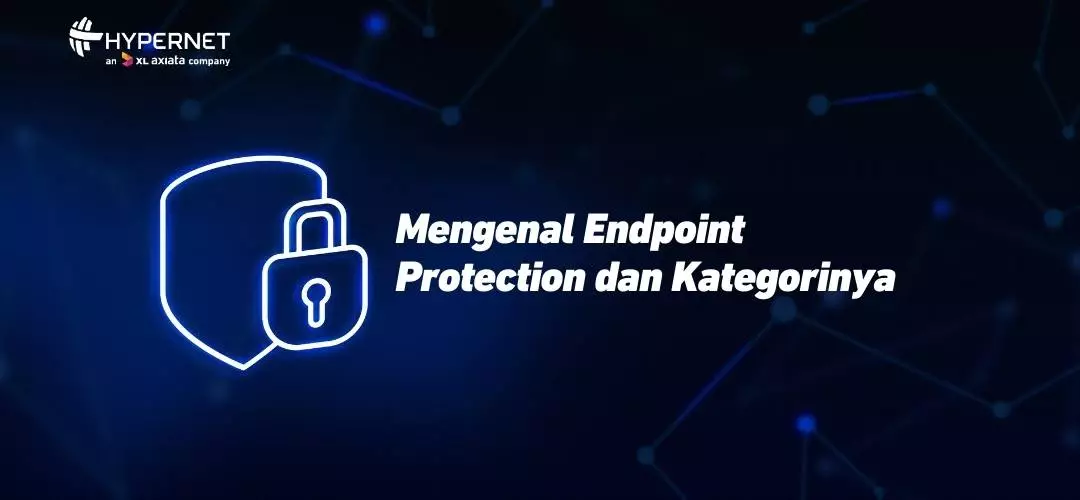The operational transition of companies from WFO (Work From Office) to remote and hybrid working has also transformed the IT infrastructure. Company endpoints have shifted from inside the corporate premises to the enterprise network outside the building. These endpoints serve as the frontline defense of a company against cyberattacks, necessitating robust security solutions. The choice of security solutions depends on the scale and needs of the company.
How Endpoint Protection Works
Endpoint Protection operates through a combination of network-level and device-level defenses. At the network level, organizations can restrict access to the corporate network based on device compliance with the company’s security policies and the lowest level of privileges. By blocking insecure devices from accessing the corporate network and sensitive resources, the company reduces its attack surface and enforces security policies.
Companies can also directly install software on endpoints to monitor and protect them. This includes standalone solutions and solutions that use agents installed on devices for centralized monitoring, control, and protection. This allows companies to monitor and protect devices that may not always be directly connected to the corporate network.
Types of Endpoint Protection
Modern companies have various types of endpoints, each susceptible to cyberattacks. Endpoint Protection solutions come in various forms, which we will discuss below. Clearly, the choice of the right Endpoint Protection solution depends on the endpoints to be protected and the unique needs of the company.
Essential Features/Components of Endpoint Protection
- Anti-Malware
- Behavioral Analytics
- Compliance
- Data Encryption
- Sandbox Inspection
- Secure Remote Access
- URL Filtering
Endpoint Detection And Response (EDR)
EDR is an integrated and layered approach to Endpoint Protection that combines continuous monitoring in real-time and analysis of endpoint data with automated rule-based responses.
EDR security provides several features that enhance a company’s ability to manage cybersecurity risks:
- Enhanced visibility into the company’s network endpoints from a single console
- Accelerated investigation of potential security incidents and faster steps to remediate them
- Automation of remediation based on predefined rules, such as blocking or quickly recovering from specific incidents, reducing the workload of security analysts
- Hunting for contextually contextualized threats by continuously collecting and analyzing data to understand the status of endpoints, allowing threat hunters to identify and investigate potential signs of infection
Key components of an EDR solution include Incident Triaging Flow, Threat Hunting, and Data Aggregation and Enrichment.
Endpoint Protection Platform (EPP)
An EPP solution acts as the first line of preventive defense against cyber threats on endpoints within a company. It identifies file-based and fileless malware, malicious scripts, and memory-only malware and blocks these threats from executing on the system.
As malware becomes more sophisticated and widespread, the investigative and remediation capabilities provided by EPP are crucial for a company’s cybersecurity. Security teams require solutions that block many of the threats their endpoints face and provide tools to effectively recover from any successful intrusions.
The core components of EPP include Prevention of All Emerging Threats, Endpoint Detection and Response (EDR), Integrations, and Protection Wherever Data Resides.
Mobile Threat Defense (MTD)
MTD has become popular as many companies now allow their employees to use personal devices for work, referred to as “Bring Your Own Device” (BYOD) policies. BYOD policies are implemented to save costs and increase productivity.
Mobile Threat Defense (MTD) is dynamic and advanced protection against cyber threats targeting mobile devices. With MTD, protection is applied to devices, networks, and applications.
The key benefits of implementing an MTD solution include:
- Increased company confidence and assurance in implementing BYOD policies
- Faster response to threats
- Enhanced visibility
- Regulatory compliance
Advanced Threat Protection (ATP)
ATP solutions are designed to minimize the risk of cyberattacks on a company’s endpoints by preventing attacks before they occur. To achieve the goals of threat prevention and risk reduction, ATP solutions require specific core capabilities, including:
- Real-time visibility enabling ATP solutions to quickly detect potential cyberattack indications and stop them before they start
- Contextual awareness to ensure that the security team receives information and can respond to actual threats to the company in a timely manner
- Data understanding to identify attacks targeting that data and respond appropriately
Strengthen your company’s IT network security by using the right Endpoint Protection. Consult with Hypernet for the best and most comprehensive Endpoint Protection solutions. Contact customer support now for the best and most complete offers.



